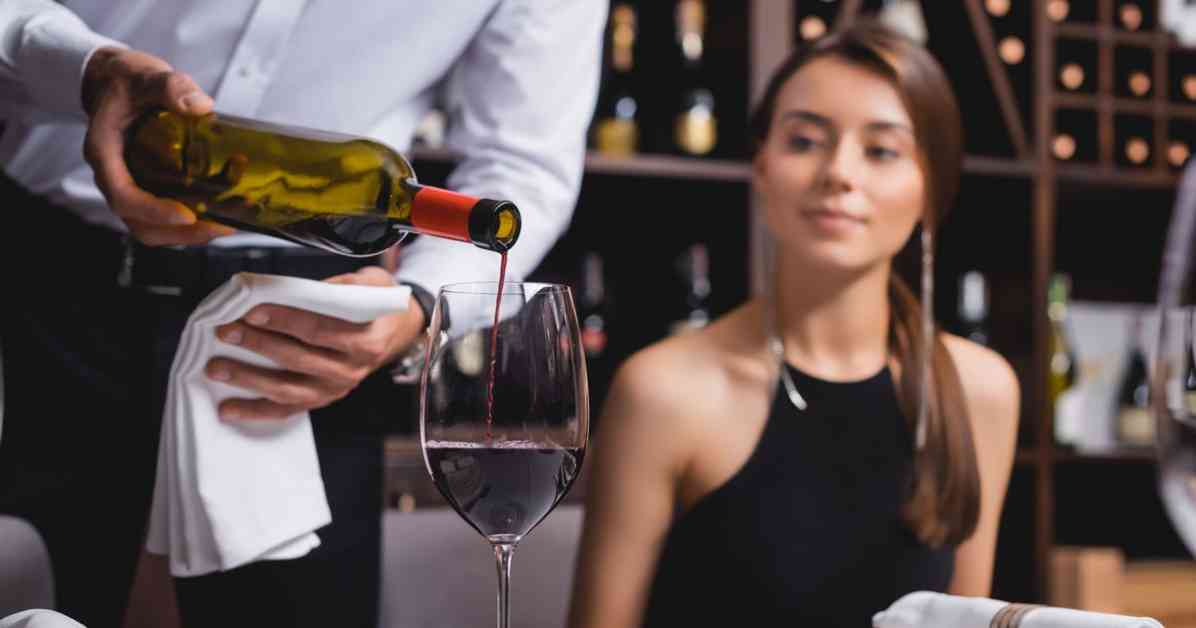A luxury restaurant in Notting Hill is now charging customers £100 to bring their own bottle of wine, on top of a requirement to spend at least £50 on additional wine. The restaurant, Dorian, has increased its corkage fee due to challenges in making enough profit from food sales alone, as reported by the BBC. This issue seems to be prevalent across London, with many other restaurants in the city also raising their fees in response to inflation and rising costs.
Traditionally, the average corkage fee in the UK ranges from £12 to £15 per bottle of still wine opened on-site, according to The Drinks Business. However, in London, these charges have significantly increased, with some restaurants even basing their fees on the market value of the wine brought in. At Dorian, guests who bring their own wine not only have to pay the £100 corkage fee but also purchase another bottle from the restaurant’s extensive wine list, which starts at £50 and goes up to £5,895. This means that the minimum cost for bringing your own wine to Dorian is £150.
The exclusive Michelin-starred restaurant, which only seats 40 people, argues that it cannot sustain its business solely on food sales, hence the need for higher corkage fees. This sentiment is echoed by other restaurants like Fallow in St James, which charges £50 for still wine and £90 for sparkling wine not listed on their menu. Some establishments, like the Hawksmoor steakhouse chain, do not charge corkage fees, particularly on less busy nights, to encourage customers to bring their own drinks.
Corkage fees are a significant revenue stream for restaurants, especially in the face of rising costs and overheads. They help cover the expenses associated with serving alcohol bought elsewhere, such as opening, pouring, and cleaning up after the drinks. Additionally, restaurants lose out on potential profits from selling their own alcohol when customers bring their own bottles. In a city like London, where operating costs are high, corkage fees play a crucial role in maintaining profitability.
However, some diners take advantage of corkage policies by bringing in luxury wines at lower costs, ultimately impacting the restaurant’s revenue. Professional wine buyer Kate Janecek highlighted this issue, explaining how some customers buy inexpensive wine, wait for its value to increase, and then bring it to a restaurant for a special occasion, still saving money despite the corkage fee. This practice, coupled with inflation and rising costs, has led to an increase in corkage charges across the restaurant sector.
In conclusion, while corkage fees may seem steep to customers, they are a necessary measure for restaurants to offset costs and maintain profitability in a challenging economic environment. As consumer behaviours evolve, it’s essential for restaurants to find a balance between accommodating guests and ensuring their own financial sustainability.












